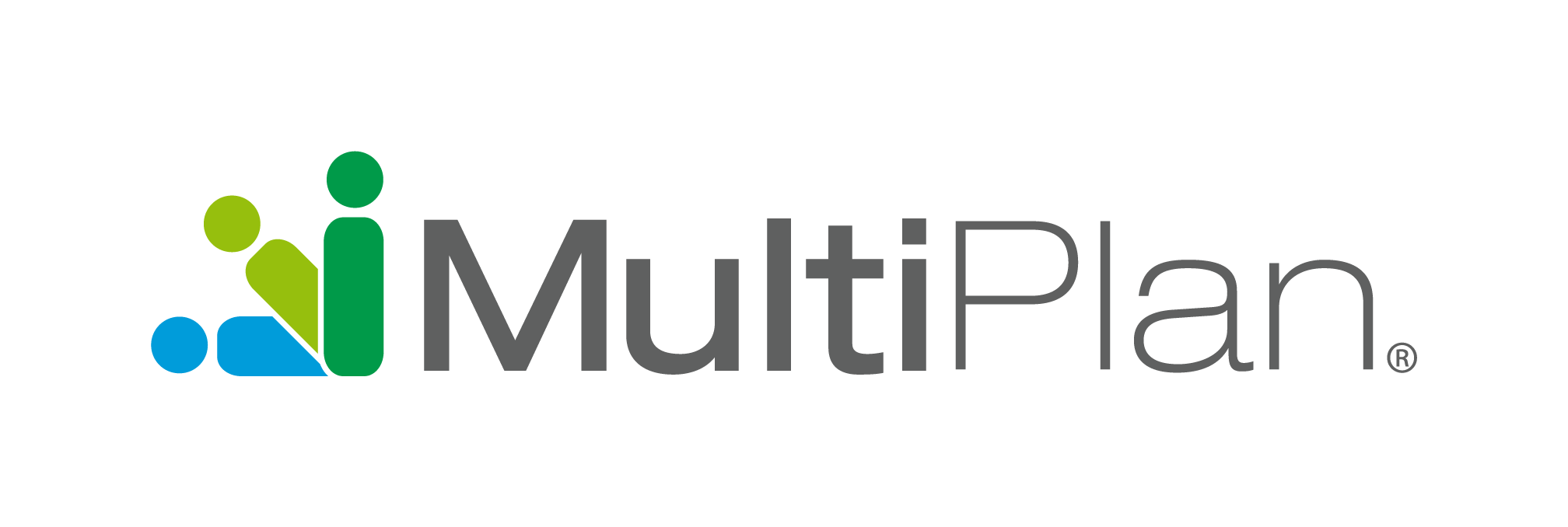While both human intelligence (HI) and artificial intelligence (AI) can be used by themselves to identify waste and abuse in healthcare billing, the most effective healthcare payment integrity solutions leverage both.
To understand how HI and AI work on their own, consider the case study about a doctor who bills more hours than are in a day.
Case study
During the course of claims evaluation, the MultiPlan Payment Integrity team noticed a provider’s name appeared on an abundance of claims. The time-based nature of these claims as well as the large volume led them to investigate. From their deeper investigation across this provider’s historical claims, they learned the provider was billing more than 24 hours a day, 7 days a week, 365 days a year.
While the above shows how a human triage team can be used to identify waste and abuse, AI could also be used to find the same type of issue by analyzing claims by provider and adding the amount of time each provider bills per day. Comparing volume against regular patterns, a system could flag any claims that fall outside of normality. A provider billing 8 or 12 hours a day may not be flagged, but one billing 24 hours or more certainly would be.
The steps in building waste and abuse rules
The case study above offers a good example of how rules can be built when issues are identified. The following table outlines the process for building an operation around waste and abuse when cases like this occur, looking at the HI or AI only processes.
| Step | Human Intelligence only | Artificial Intelligence only |
| Identify an issue | Individuals identify an issue in claims. They then gather data with the analyst team. | Claims are identified as anomalous by statistical significance against assumed population characteristics. |
| Develop a defensible concept | A physician or medical coder reviews the information and builds an argument or determines one can’t be built. | A model interpretation algorithm provides statistical test measurements to predict waste and abuse. |
| Put in production | Employees are trained to spot the issue. When they identify the issue, the case is referred to SIU. The result is that the provider is excluded from network. | Every claim is run through the system and labeled in terms of the level anomaly and the percentage likelihood of waste and abuse (if available). |
| Update/improve | The anomalousness largely remains same. If a provider appeals, perhaps re-addition. | When behavior shifts and new norms emerge, the anomalousness is updated. |
While an HI-only or AI-only approach can be used, each has its own limitations.
| Pros | Cons | |
| Human Intelligence | High defensibility | Doesn’t scale well (expensive) |
| Quantifiable actionability | Hard to staff | |
| Nuanced issues can be found | Difficulty recognizing changing conditions | |
| Artificial Intelligence | Scalability/Can handle large claim volume | Doesn’t understand context |
| Speed | Lower defensibility | |
| Identify nuanced patterns | Actionability is not understood if unsupervised |
Solutions that blend HI and AI are the most effective at identifying large-scale waste and abuse
Using HI and AI together to detect waste and abuse results in a sophisticated approach. The two complement each other perfectly. HI identifies the issues and directs AI to find them. In the case study above, MultiPlan’s team noticed a doctor was working more hours than possible. That led to a rule being built so that in the future, AI would identify this type of issue. Complementarily, AI identifies issues that direct experts to take a closer look.
The table above shows the different steps that each HI and AI use to build healthcare payment integrity rules. The below items explain how rules are built using a blended approach.
- Anomaly detection co-developed
Key issues are identified through use cases and explanations of special investigations unit (SIU) approaches. Model interpretability is built into the process so it is not just an anomaly score, but also an explanation. Definitions of expected behavior are roughly framed, and the analyst and physician team are trained. - Issues identified
Anomaly packets as well as human-identified concerns are sent to the analyst team, who review and identify common patterns/trends. - Defensible concepts developed
Humans define the defensible concept based off the anomaly packet analysis and model explanation. For gray areas, multiple concepts may be needed in tandem. Expected behavior is defined in terms relating to the available data. - Put in production
Algorithms flag all claims having that concept, and the audit/SIU team examines these claims. Environmental variables are actively monitored to identify if things change. - Update/improve
New anomalous areas continue to be identified by anomaly packets for review. If there are changes in the environment, the thresholds are adjusted automatically. Additionally, new standards in the industry can lead to a manual override of thresholds.
Conclusion
Using HI and AI to identify waste and abuse complicates operations and requires the organization to have a cross-functional team. Still, the best healthcare payment integrity solutions leverage both human and artificial intelligence. Together, they address scalability and nuance.
AI has the ability to look across many records and trim the concepts to get the most value, and subject matter experts (HI) can define what they see and provide context, making the issues identified more defensible. In summary, a solution using a combined approach:
- Handles large claim volume quickly
- Identifies patterns quickly
- Creates less provider abrasion
Please contact [email protected] if you would like to learn more about how we use HI and AI in our healthcare payment integrity services

